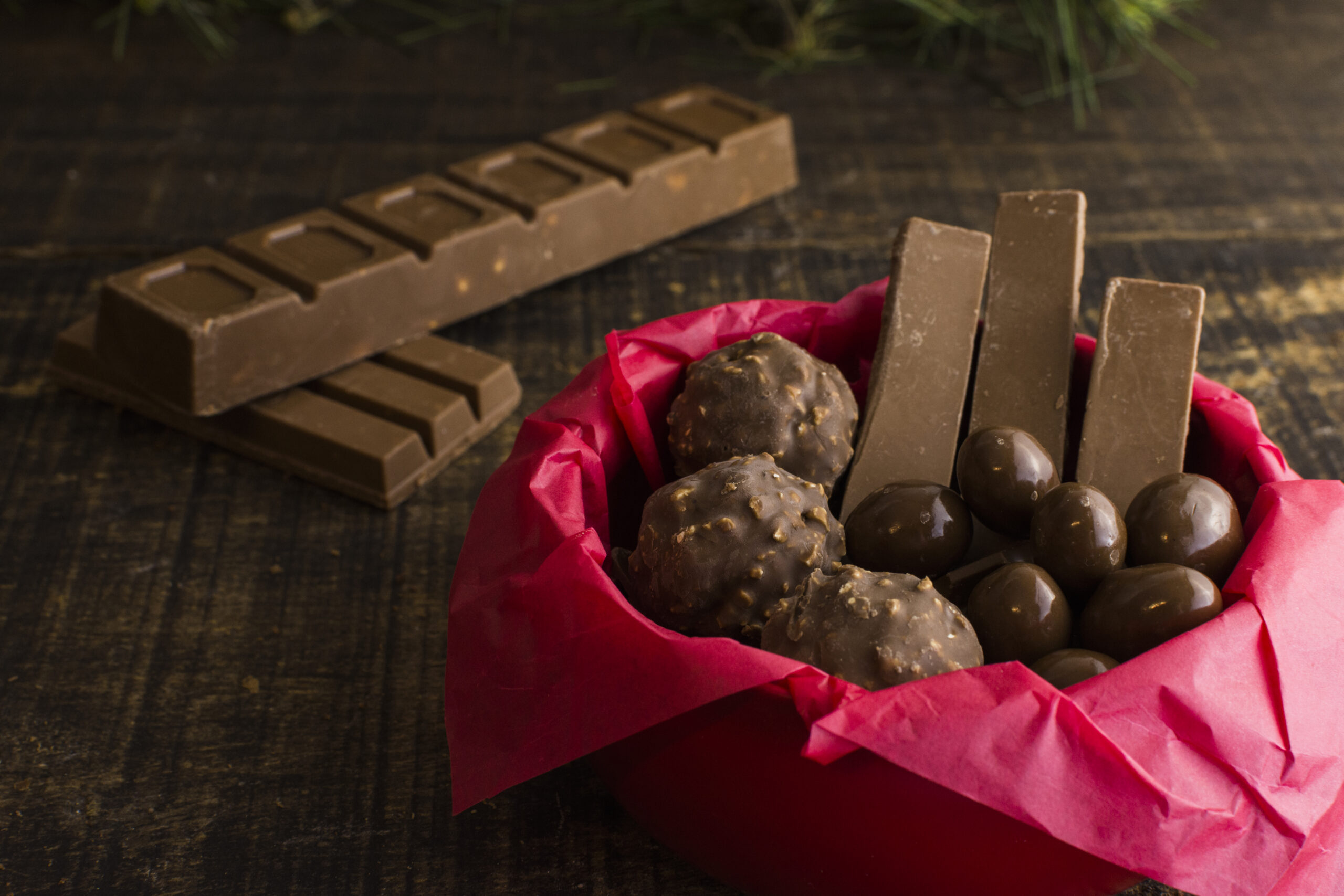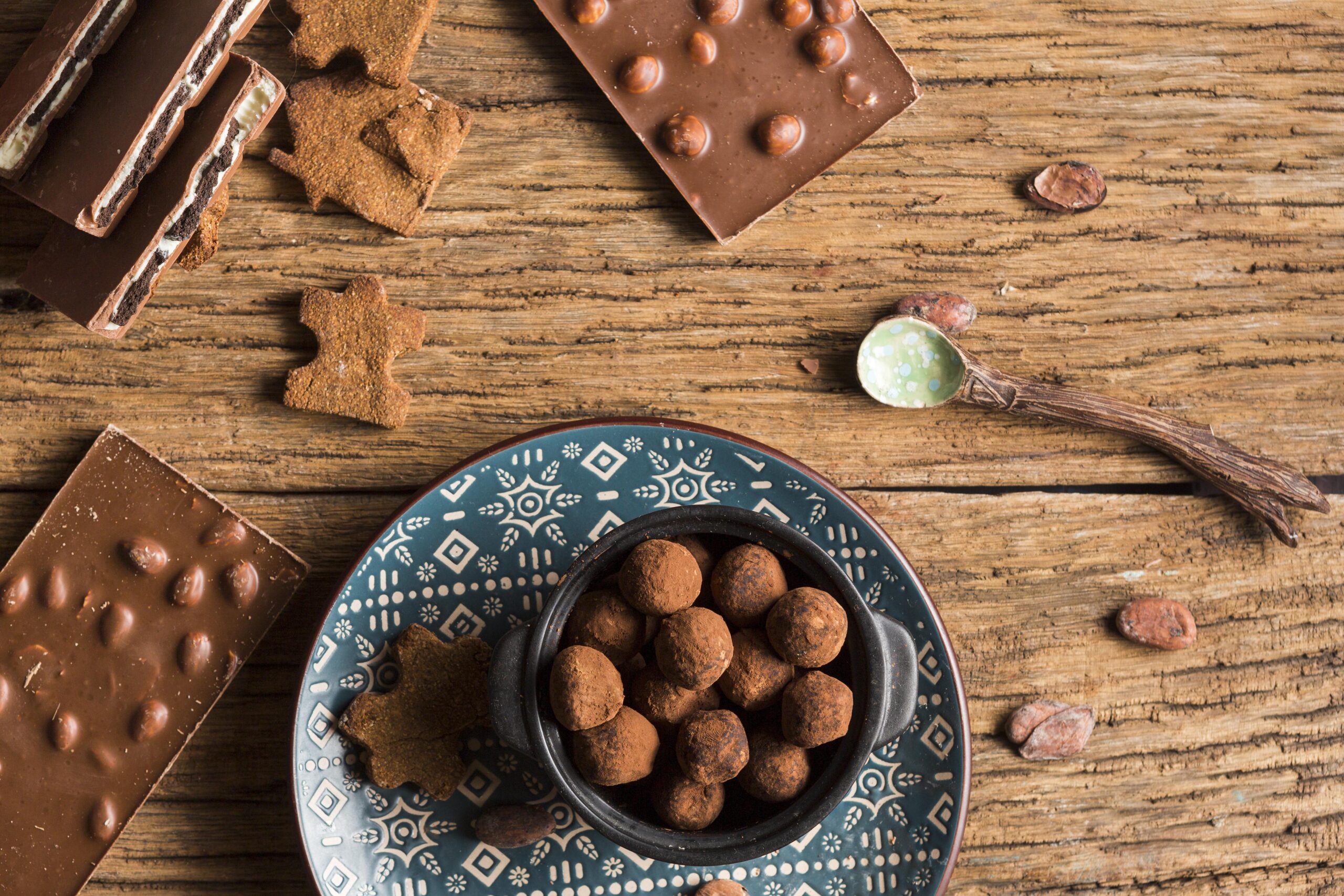- LIFE
The Very Best 50 Questions to Ask Your Boyfriend


In recent years, the allure of homemade chocolate has captivated culinary enthusiasts and novices alike. The process of crafting chocolate at home not only allows for creative expression but also ensures that every bite is tailored to personal taste preferences. From selecting high-quality cocoa beans to experimenting with diverse flavors, making chocolate at home is a rewarding venture that combines art with science. This guide delves into the essentials of homemade chocolate, offering insights into the process, necessary tools, and tips for achieving the perfect balance of flavor and texture.
The journey to making homemade chocolate begins with understanding its fundamental components: cocoa beans, cocoa butter, sugar, and milk powder (for milk chocolate). Cocoa beans are the heart of chocolate, providing its distinctive flavor and aroma. The quality of these beans significantly impacts the final product, making it essential to source them from reputable suppliers. Additionally, cocoa butter contributes to the smooth, melt-in-your-mouth texture that defines excellent chocolate.
Once the ingredients are gathered, the process involves several key steps: roasting, grinding, conching, and tempering. Each step requires precision and patience, as it influences the chocolate’s flavor profile and texture. Roasting enhances the beans’ natural flavors, while grinding transforms them into a smooth chocolate liquor. Conching further refines the texture and develops the flavor, and tempering ensures a glossy finish and perfect snap.
Creating chocolate at home requires specific tools to ensure a successful outcome. A high-quality grinder or melanger is crucial for grinding cocoa nibs into a fine paste. This step is vital to achieving a silky texture. Additionally, a reliable thermometer is necessary for tempering, as precise temperature control is essential for stabilizing the chocolate’s crystals.
When it comes to ingredients, selecting the right type of cocoa beans is paramount. Look for beans that are fresh and have a rich aroma. For added sweetness, consider using organic cane sugar or experimenting with alternative sweeteners like coconut sugar or honey. If making milk chocolate, choose a high-quality milk powder to achieve a creamy consistency.
One of the most exciting aspects of making chocolate at home is the opportunity to experiment with unique flavor combinations. Start by infusing your chocolate with natural ingredients such as vanilla beans, cinnamon, or chili peppers for a hint of spice. You can also incorporate nuts, dried fruits, or sea salt to add texture and complexity.
For those who enjoy a touch of adventure, consider using floral essences like lavender or rose to impart a subtle, aromatic note. Alternatively, explore the world of spirits by adding a splash of coffee liqueur or whiskey for a sophisticated twist. The possibilities are endless, and the freedom to customize your chocolate is one of the most rewarding aspects of the process.

Tempering is a crucial step that ensures your homemade chocolate has a smooth, glossy finish and a satisfying snap. This process involves carefully heating and cooling the chocolate to stabilize its crystal structure. Start by melting the chocolate to a specific temperature, then cooling it slightly before reheating it to a working temperature.
The key to successful tempering lies in maintaining precise temperature control. Use a reliable thermometer to monitor the chocolate’s temperature throughout the process. If done correctly, tempered chocolate will have a professional appearance and a delightful texture, enhancing the overall quality of your homemade creation.
Proper storage is essential to preserve the flavor and texture of your homemade chocolate. Store your creations in a cool, dry place away from direct sunlight and strong odors. Ideally, chocolate should be kept at a consistent temperature between 60 to 70 degrees Fahrenheit to prevent blooming, which is the unsightly white film that can form on the surface.
When it comes time to enjoy your homemade chocolate, take a moment to savor the fruits of your labor. Whether you’re indulging in a simple chocolate bar or using it as a base for more elaborate desserts, homemade chocolate offers a depth of flavor and personalization that is unmatched by store-bought varieties. Share your creations with friends and family, or keep them as a special treat for yourself.